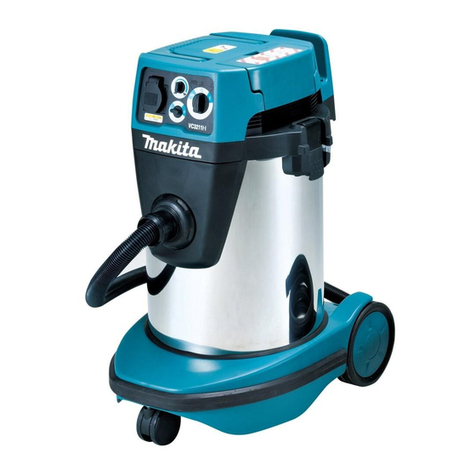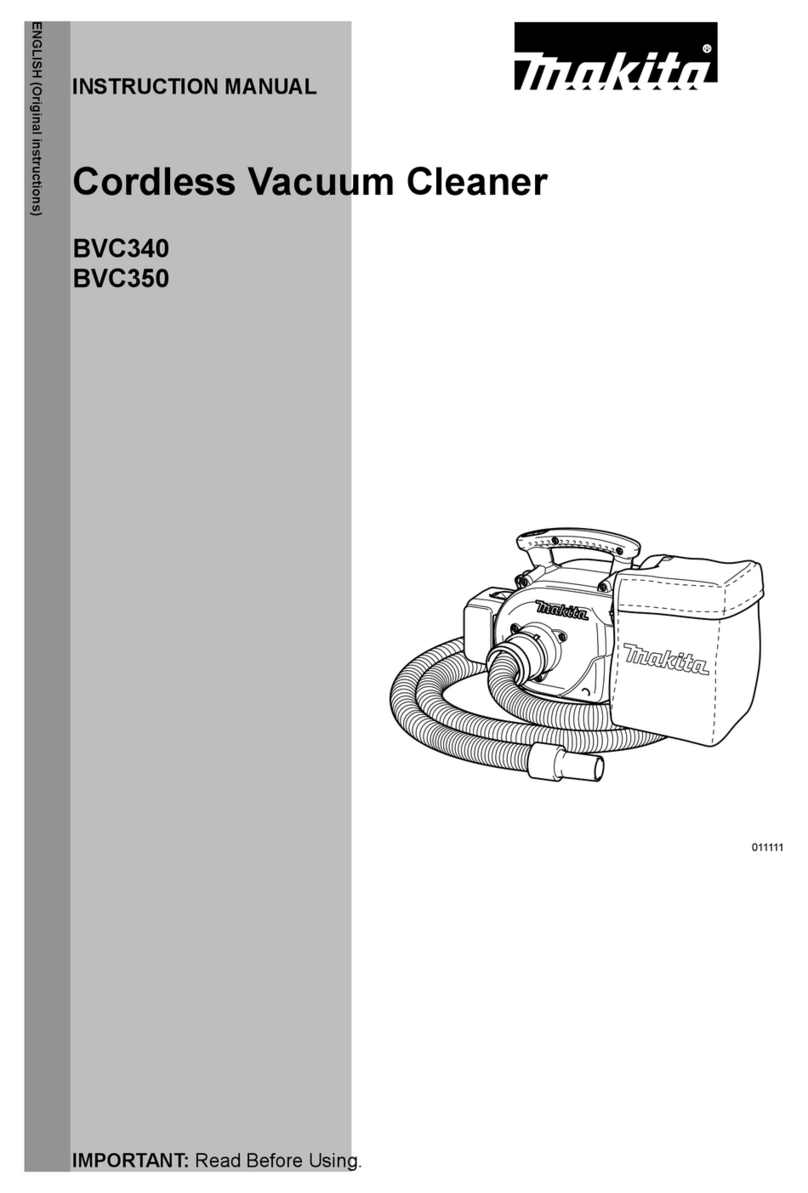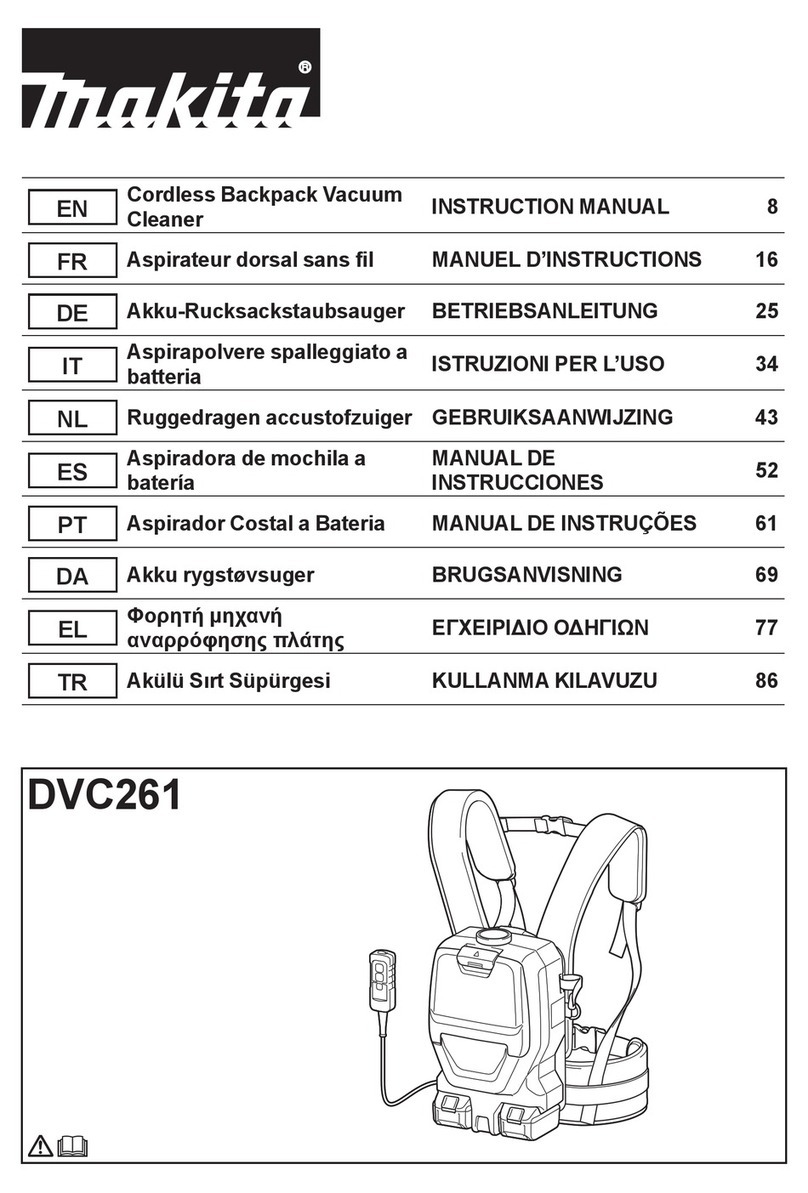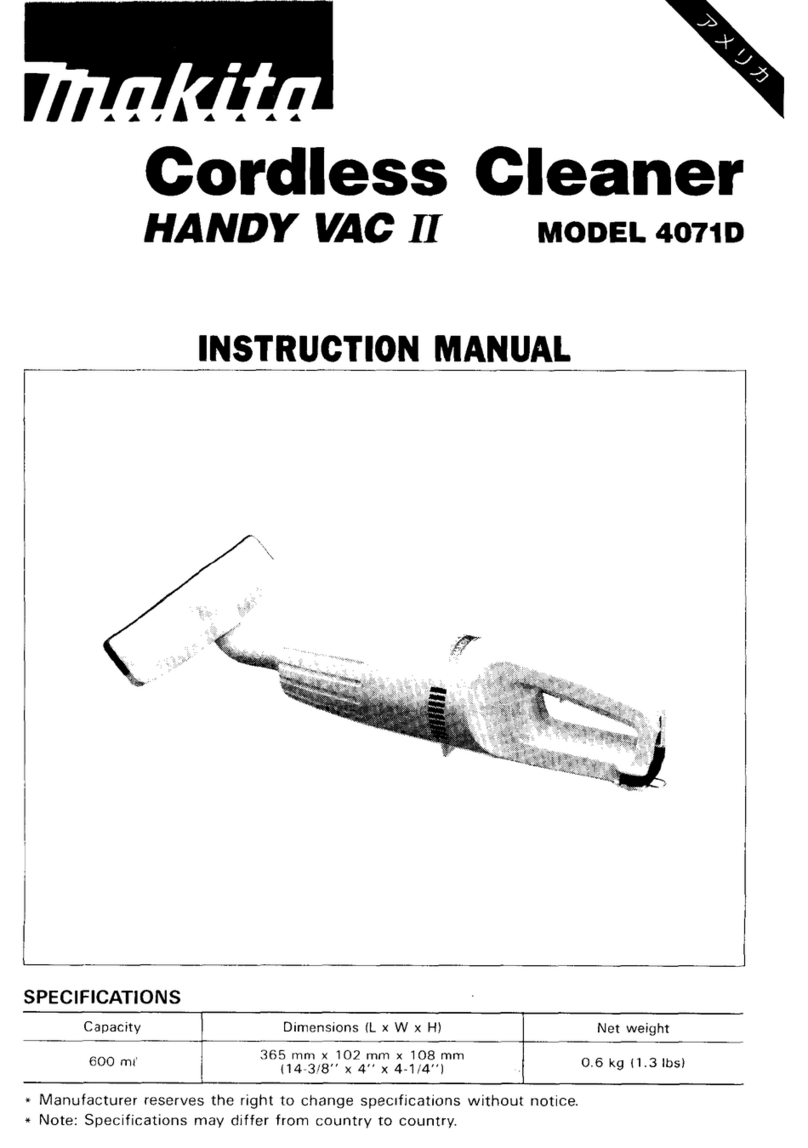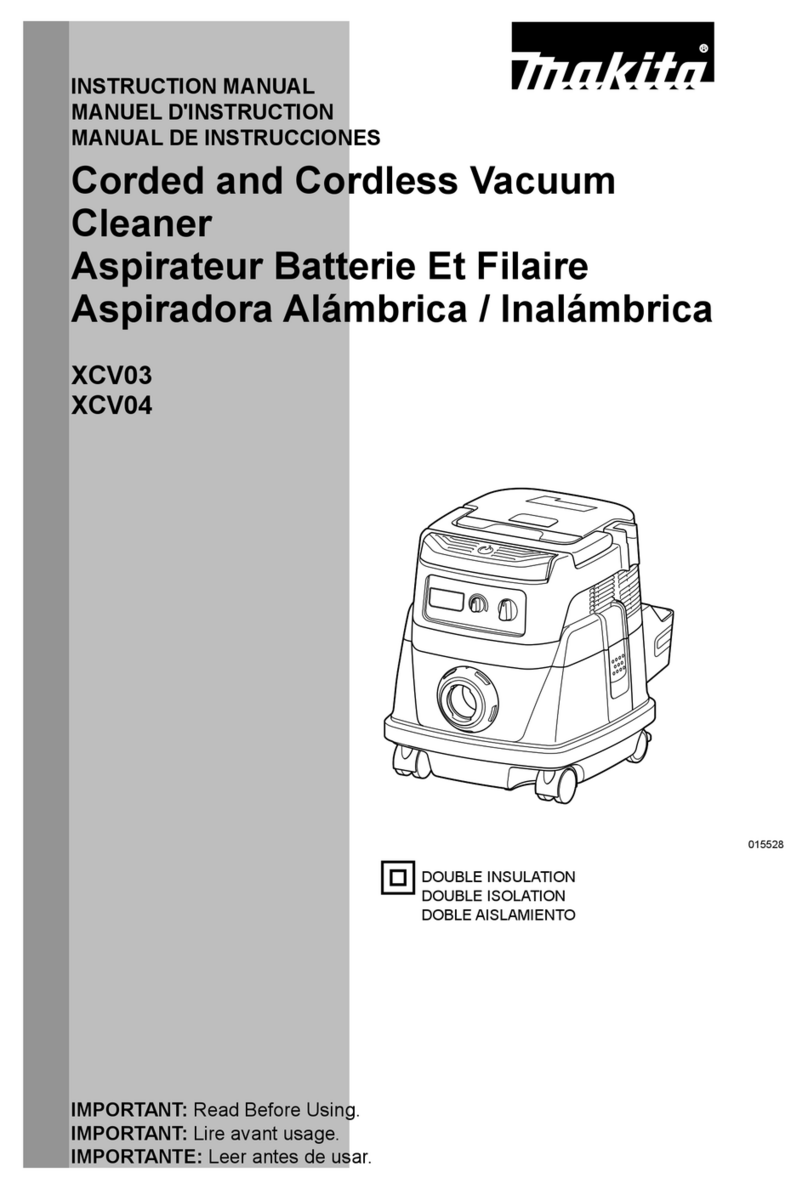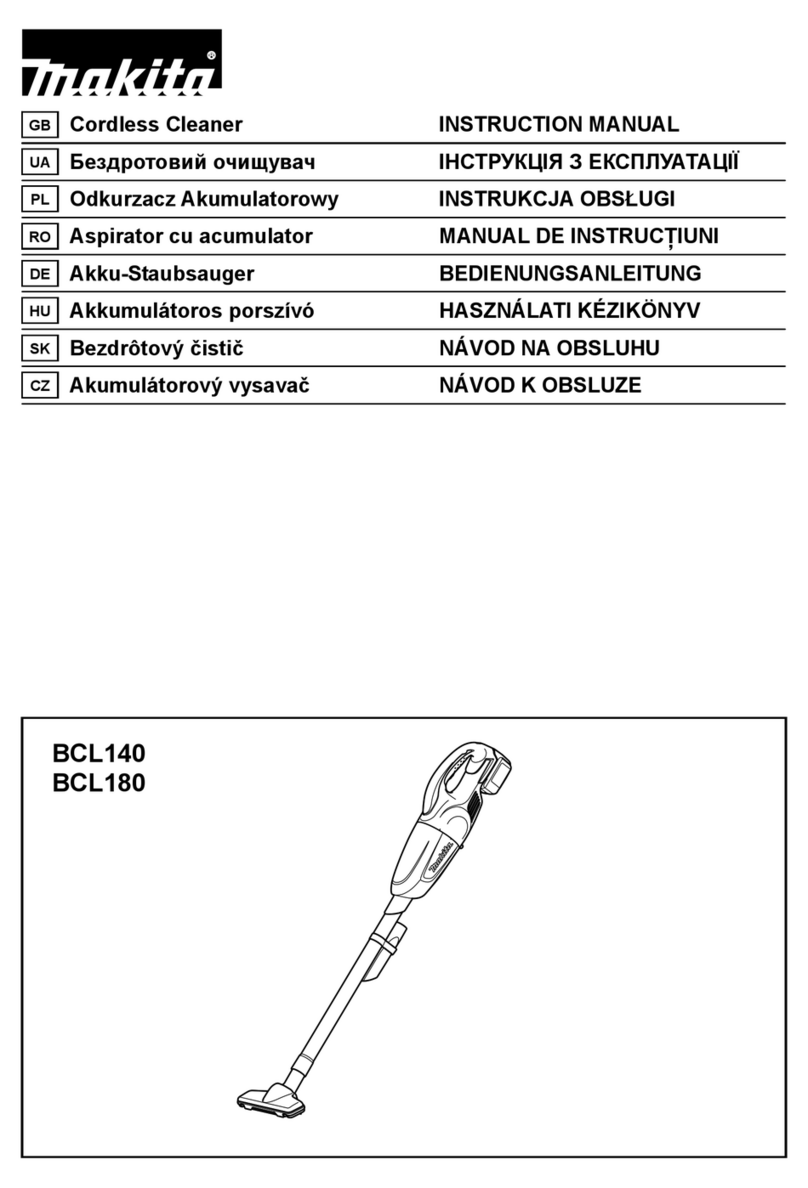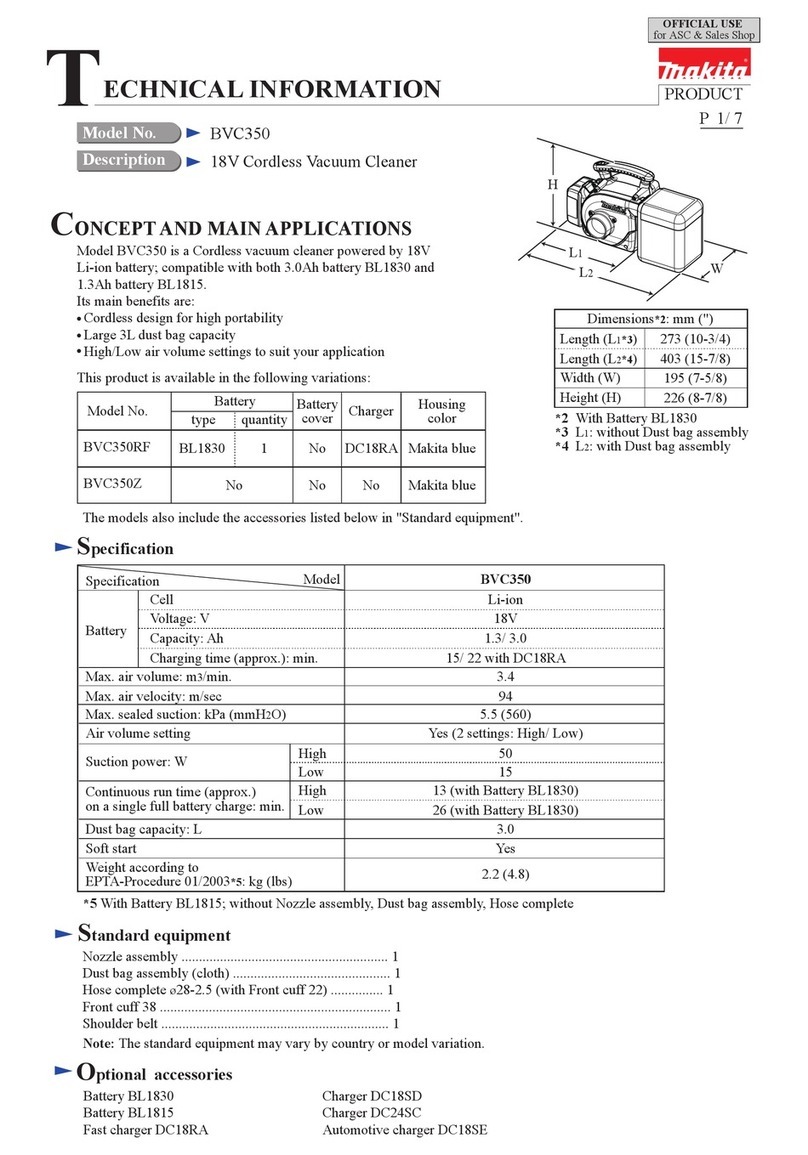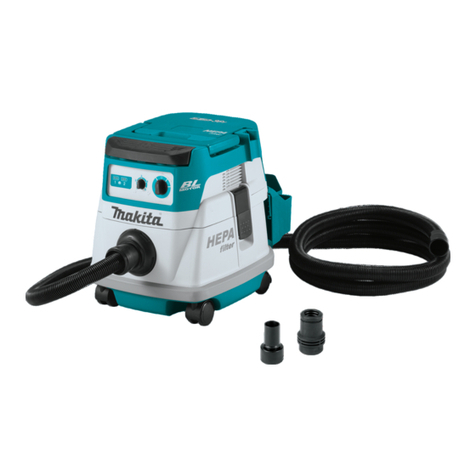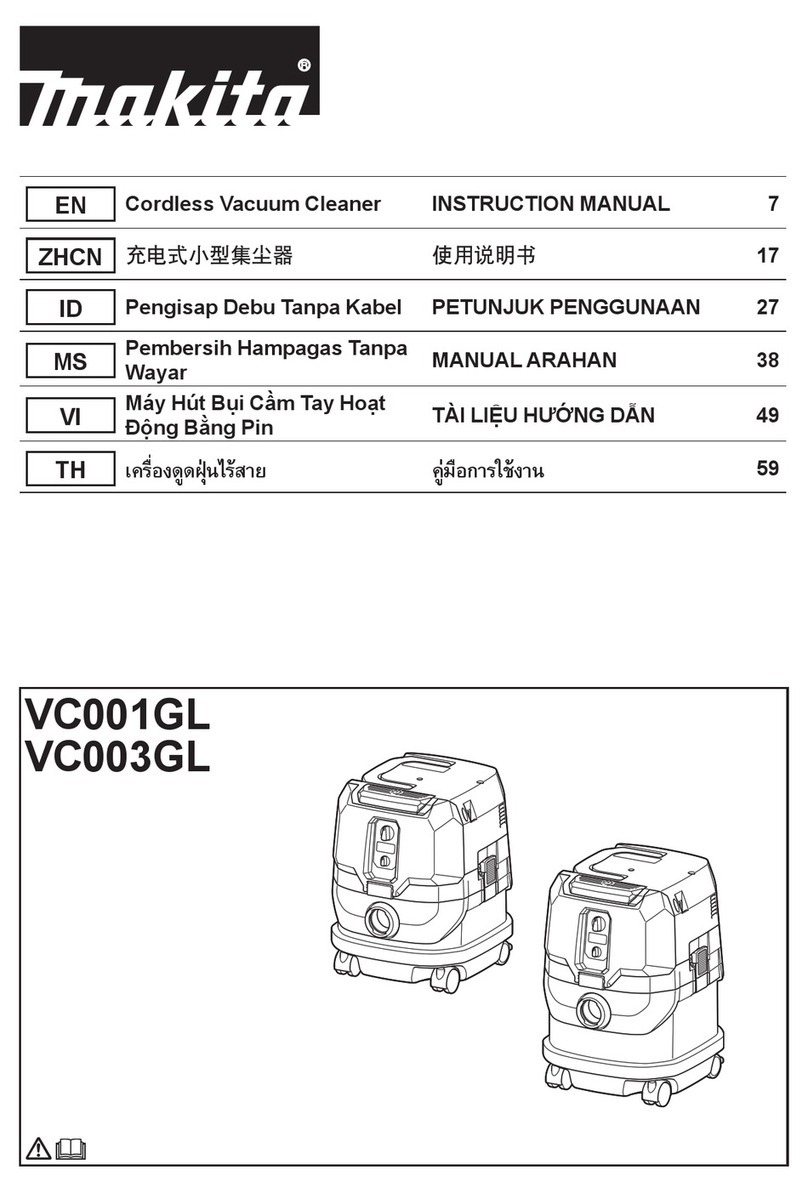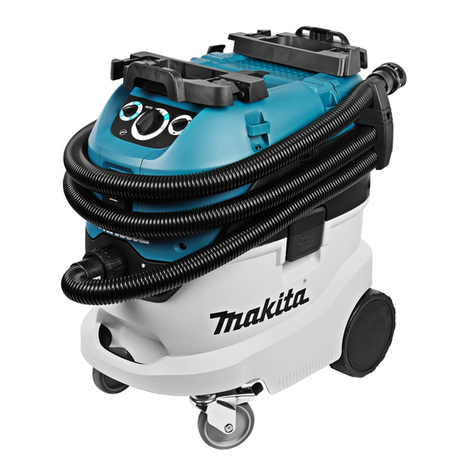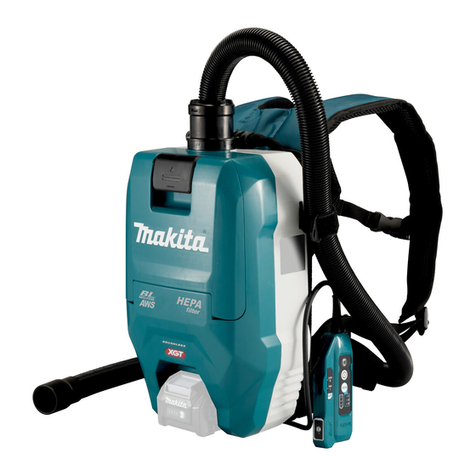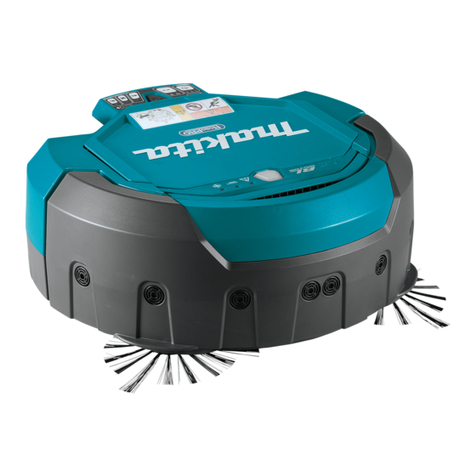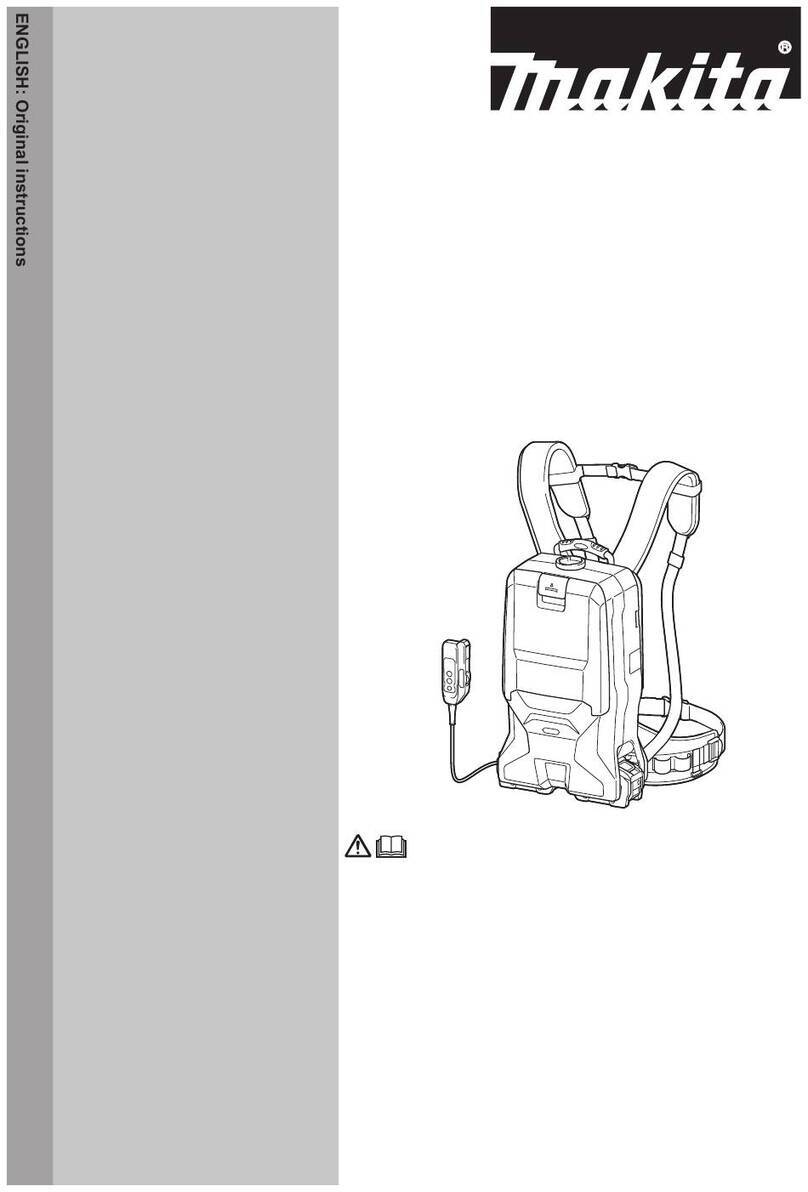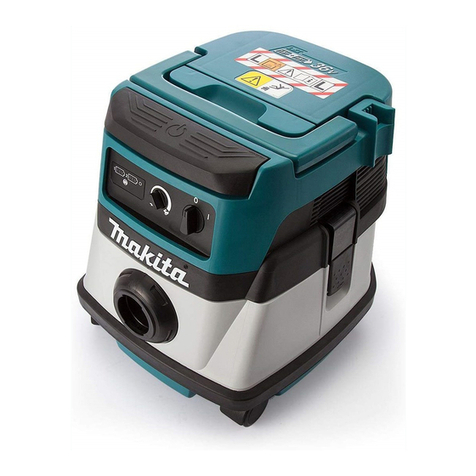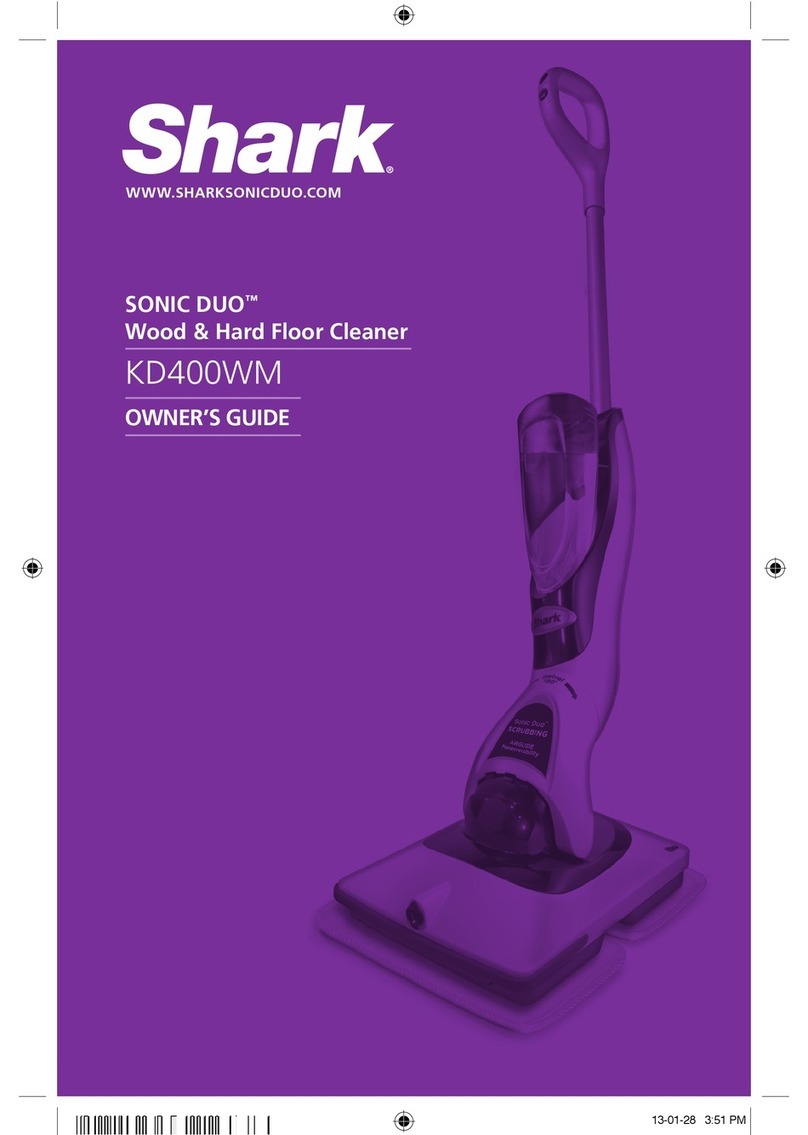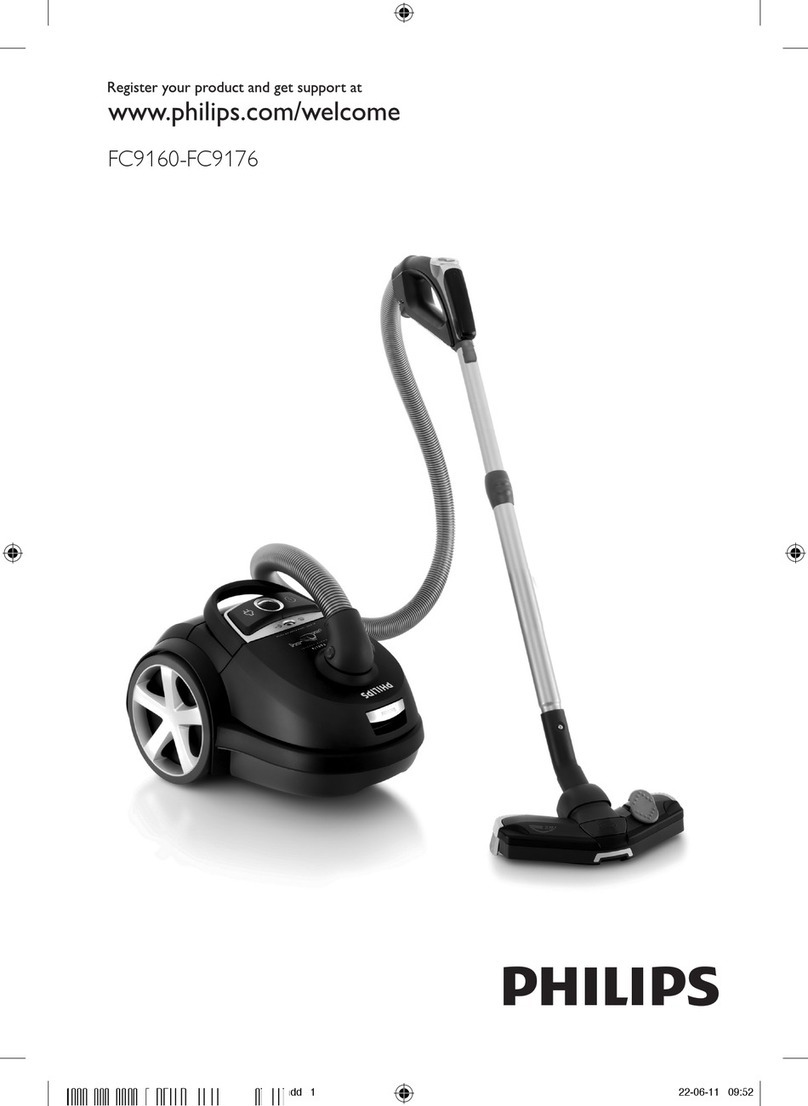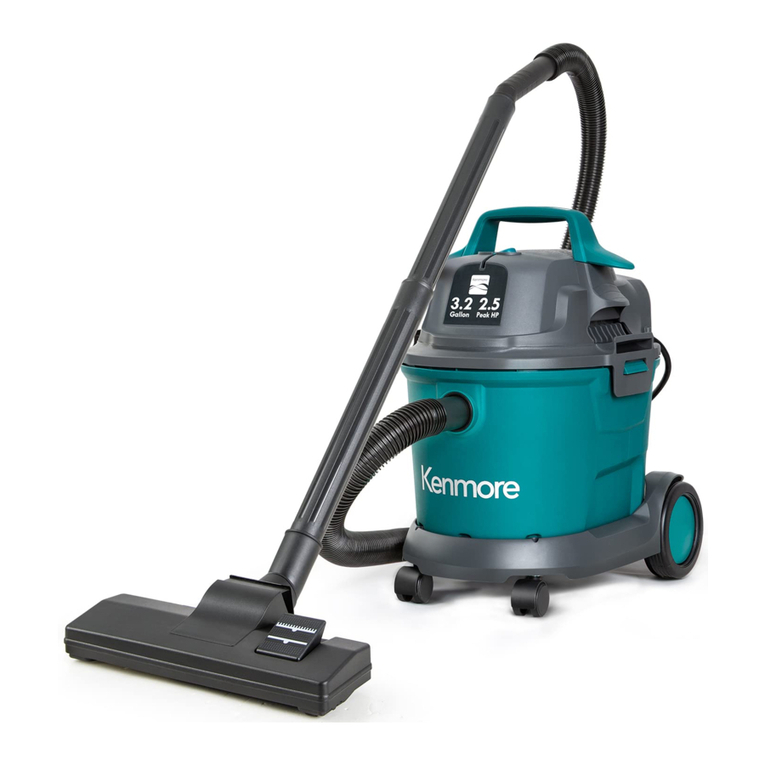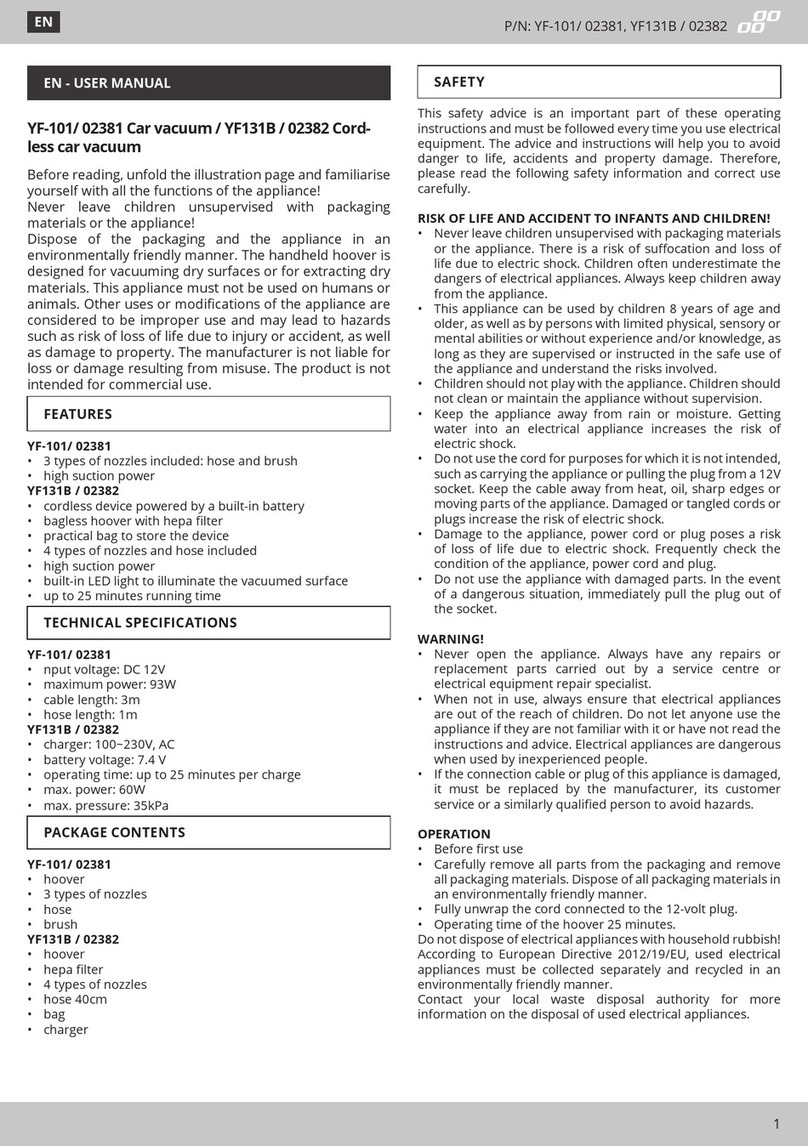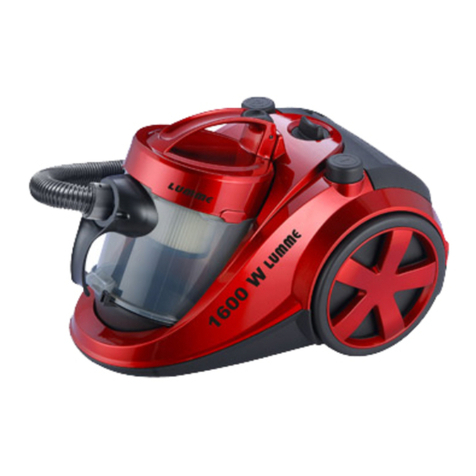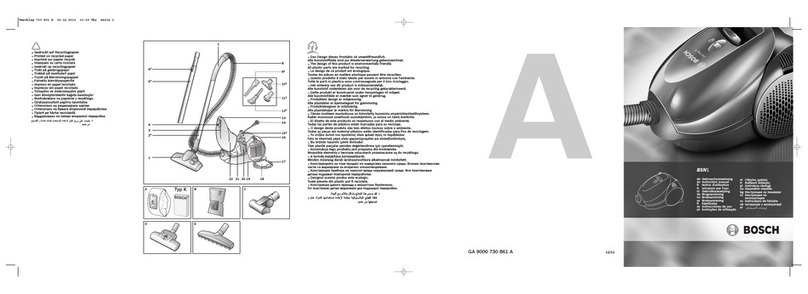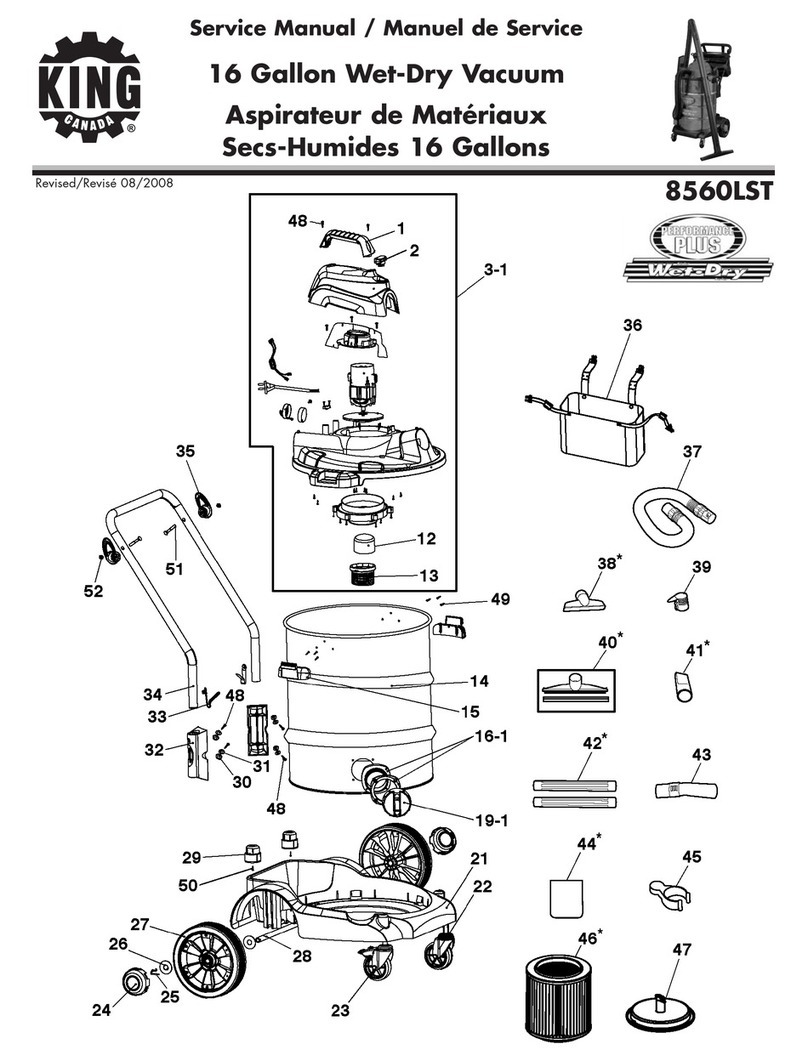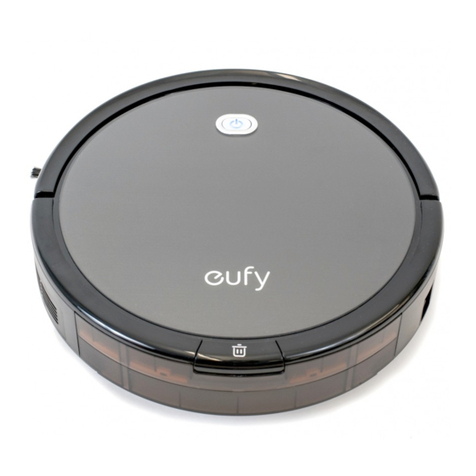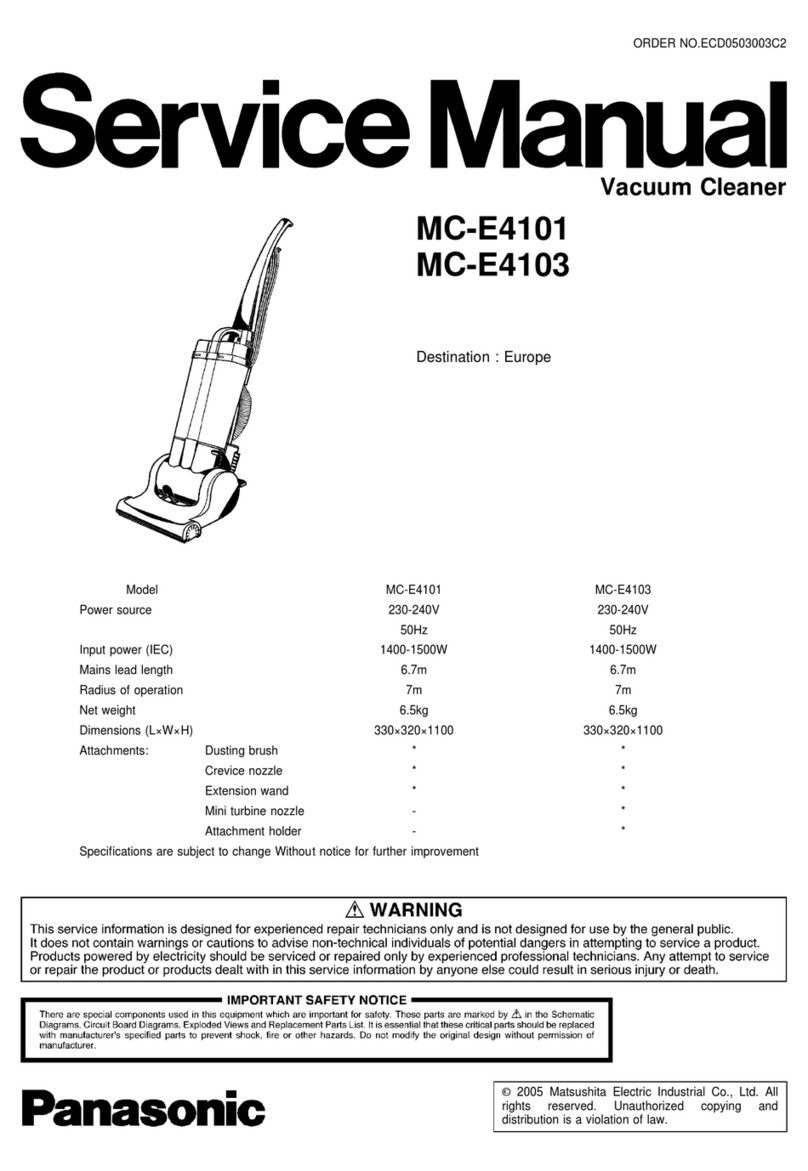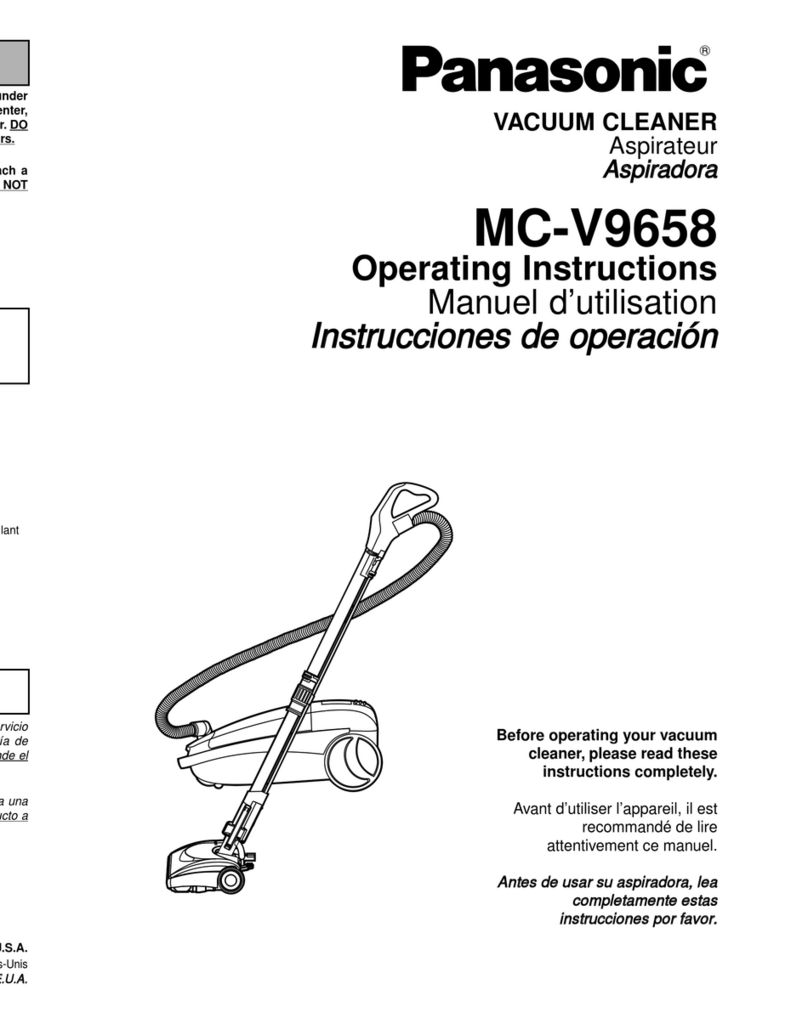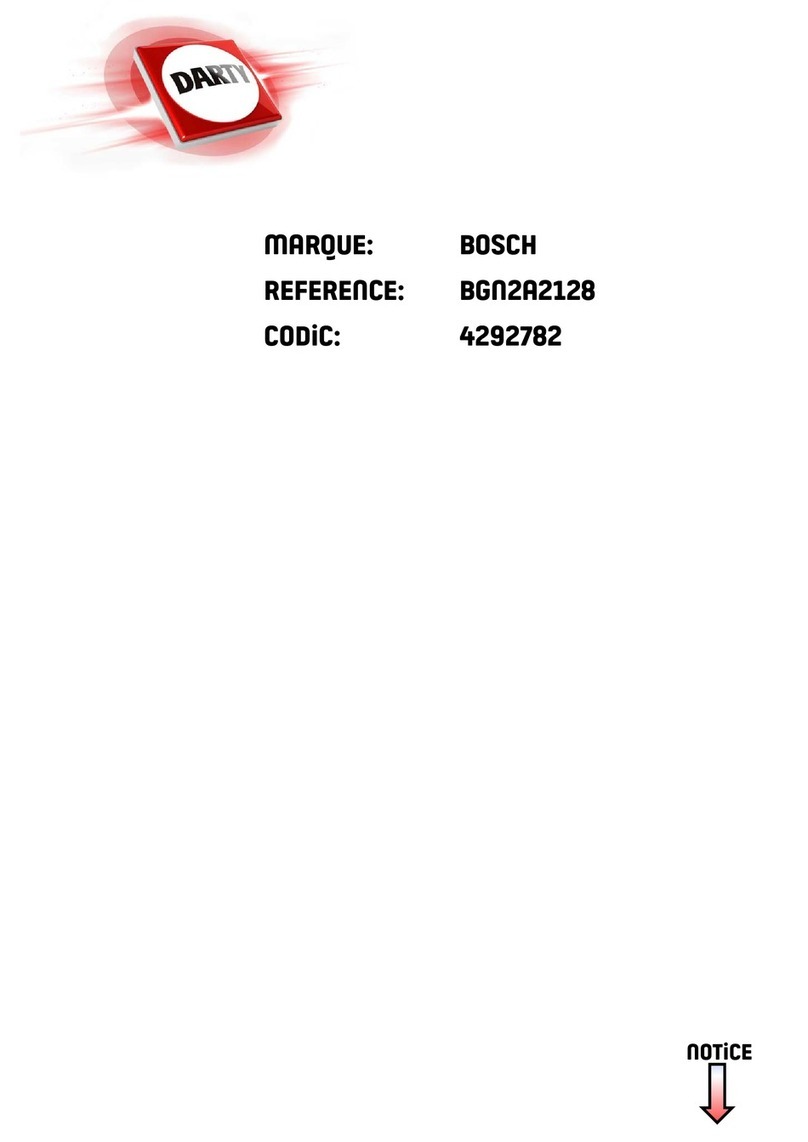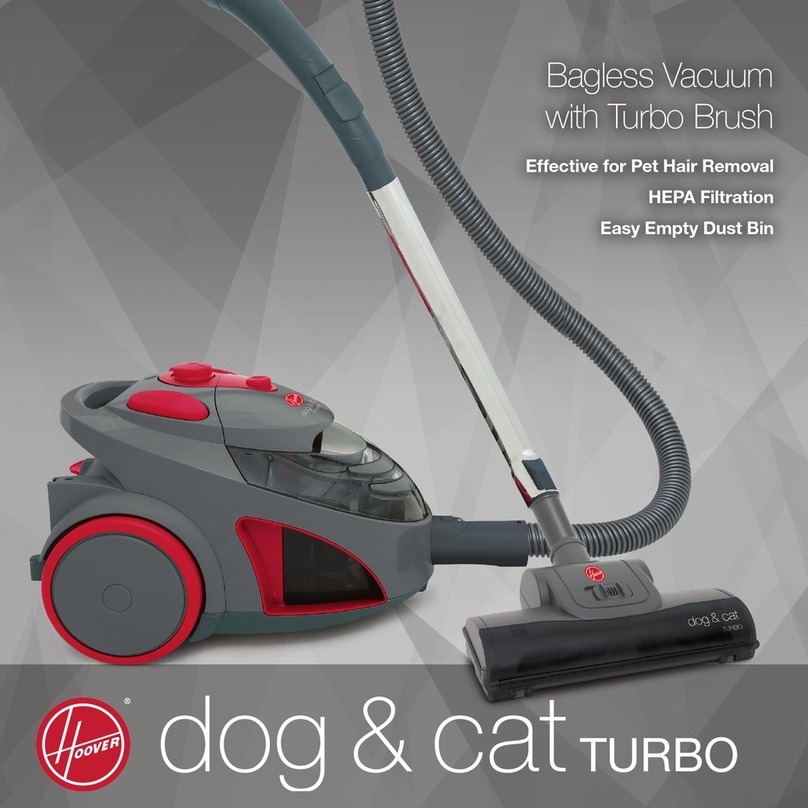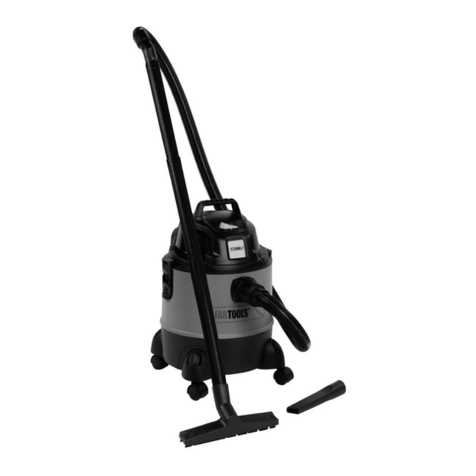5ENGLISH
Do not expose the Robotic Cleaner to direct
sunlight or infrared rays.
Improper operation due to a sensor error may cause the
RoboticCleanertofall,resultingininjuryormalfunction.
• Halogen heaters
• Remote controls or sensors, etc.
• Sun rays entering through frosted glass
Move any objects that may cause an accident in the
event of contact with the Robotic Cleaner.
Failuretoobservethisinstructionmayresultininjury
duetoobjectstippingoverorfalling.
• Lit candles, vases, etc.
• Electronics with controls located around the same
height as the Robotic Cleaner.
Do not cover the Robotic Cleaner.
Thismayresultinreduetooverheating.
Do not ride or place heavy objects on the Robotic
Cleaner. Do not apply strong physical shocks.
Thismayresultininjury,damageormalfunction.
In particular, pay close attention to children around the
Robotic Cleaner.
Never modify the Robotic Cleaner.
Thismayresultinre,electricshockorinjury.
Consult the dealer where you purchased the Robotic
Cleaner for repairs.
Do not block or insert metallic or easily combustible
foreign object into the suction or exhaust openings.
Also, do not use the Robotic Cleaner around
objects that may block the suction opening.
Thismayresultinelectricshock,reormalfunction.
Do not heat or expose the Robotic Cleaner to re or
leave it in a hot location such as near a re or stove,
exposed to direct sunlight, or inside a vehicle under
the blazing sun.
Thismayresultinshort-circuit,re,orcausethebattery
toleakuidorburst.
Do not wash or expose the Robotic Cleaner* to
water or detergents.
Thismayresultinelectricshock,short-circuitorre.
* Excluding the main brush, bottom plate, side
brushes,dustboxandlter
Do not touch the drive wheels or insert hands or
feet under the Robotic Cleaner during operation.
Thismayresultininjury.
In particular, pay close attention to children around the
Robotic Cleaner.
Do not block or insert foreign matter into the
Robotic Cleaner’s sensors.
Thismayresultinoperationalfailure,injurydueto
the Robotic Cleaner falling as a result of improper
operation, or malfunction.
Do not attach tape to the sensors or wheels. Do
not alter the bumper or wheel shapes or press the
bumper with excessive force.
Thismayresultinoperationalfailure,injurydueto
the Robotic Cleaner falling as a result of improper
operation, or malfunction.
Periodically clean each sensor.
Failure to observe this instruction may result in
operationalfailure,injuryduetotheRoboticCleaner
falling as a result of improper operation, or malfunction.
Do not use boundary tape (sold separately) that is
dirty, peeling or torn.
ThismayresultininjuryduetotheRoboticCleaner
falling as a result of operational failure.
CAUTION
Do not use the Robotic Cleaner in the following
locations.
This may cause other equipment to operate improperly.
• Inside a hospital or around medical equipment
• Inside an airplane
• Around electronic equipment that requires precision
control or uses weak signals.
Be sure to keep the Robotic Cleaner and the
remote control more than 15 cm (5-7/8") away from
implantable cardiac pacemakers and debrillators.
Failure to observe this instruction may result in
malfunction of the medical devices.
Do not insert foreign matter into the gaps and
openings.
Thismayresultinelectricshockorinjury.
Be careful not to get your ngers caught when
cleaning the Robotic Cleaner.
Thismayresultininjury.
Be sure to read this INSTRUCTION MANUAL
thoroughly before using the Robotic Cleaner.
Failuretoobservethisinstructionmayresultininjuryor
malfunction.
NOTICE
Immediately discontinue use of the battery
cartridge if an unpleasant odor, battery leakage,
abnormal heating, deformation, or discoloration is
observed.
Failure to observe this instruction may result in
malfunction.
Do not use the Robotic Cleaner outdoors or in
locations where it may wander outdoors.
This may result in malfunction.
Do not use the Robotic Cleaner in the following
locations.
This may result in malfunction.
• Locations where cooking oil particles or other oil
components are suspended in the air
• Locations where aerosol sprays or chemical
products are used, such as barber shops, beauty
salons, and dry cleaning shops
• Dusty locations
Do not use the Robotic Cleaner in the following
locations.
Thismaydamageoorcoveringsorscratchoor
surfaces.
• Locationswitheasilydamagedoorcoverings
(sheepskin, felt materials, etc.)
• Unnishedwoodormarbleoors
• Freshlywaxedoors
Do not use the Robotic Cleaner on oor coverings
with a long pile length (7 mm (9/32") or more).
Thismayresultindamagetotheoorcoveringsor
cause the Robotic Cleaner to malfunction.
